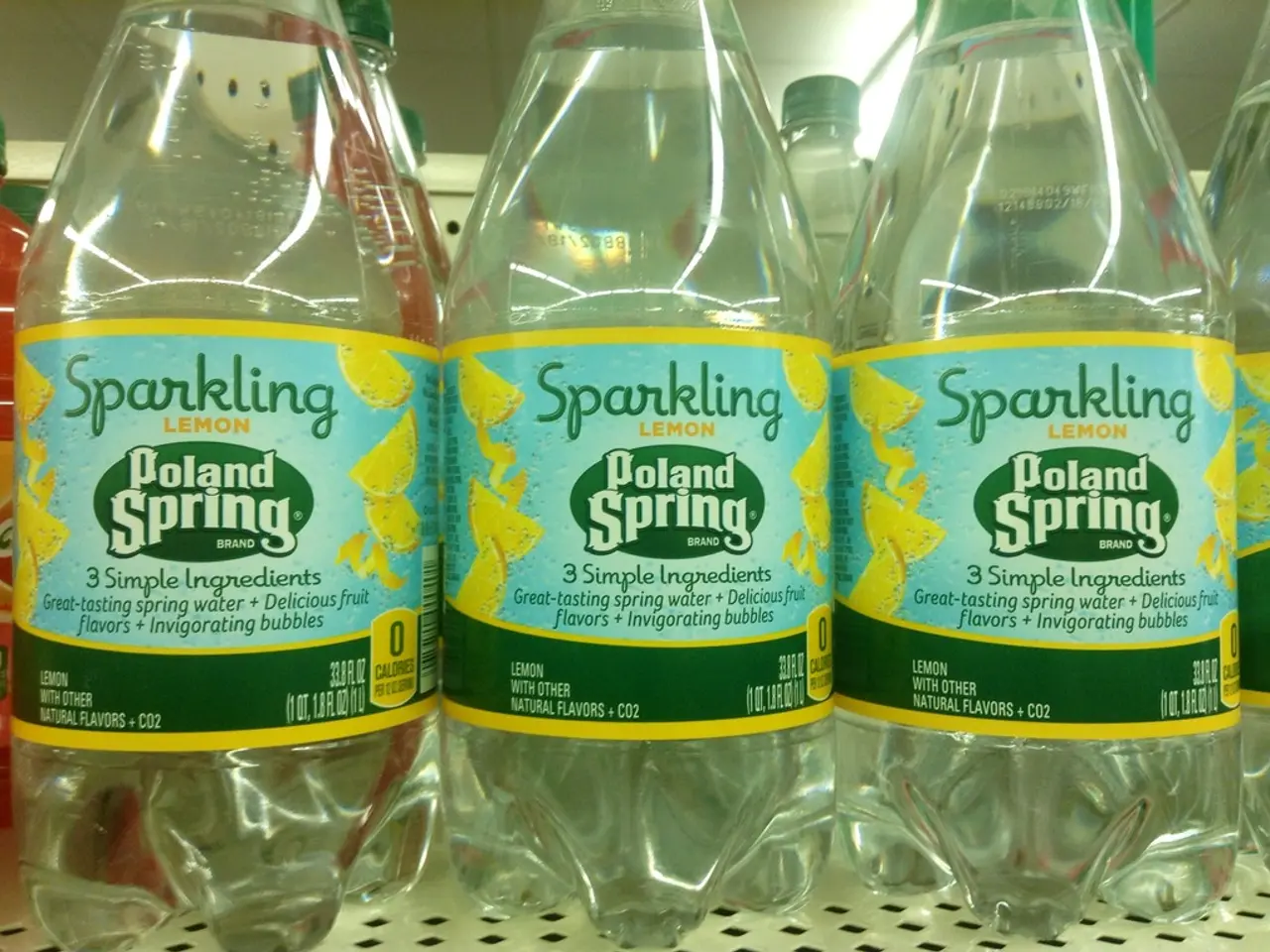Liver-Kidney Syndrome: Origin, Identification, and Management Strategies
Breakthrough Treatment for Type 1 Hepatorenal Syndrome
A groundbreaking development in the medical field has emerged with the approval of the drug terlipressin by the Food and Drug Administration (FDA) in 2022. This medication, aimed at improving kidney function, could be a game-changer for people suffering from hepatorenal syndrome (HRS).
What is Hepatorenal Syndrome?
Hepatorenal syndrome is a serious condition that arises from severe liver disease. It is characterized by kidney damage due to the liver's inability to perform its normal functions effectively. The most common causes of HRS are cirrhosis, a chronic liver condition caused by viral hepatitis or alcohol use disorder, and portal hypertension, high blood pressure in the vein that carries blood to the liver [1].
Type 1 Hepatorenal Syndrome (HRS-1)
Type 1 HRS is the most immediate and serious form of the disease, with people typically surviving less than 2 weeks without treatment. It is a rapidly progressive kidney failure that occurs in patients with severe liver disease, often cirrhosis with portal hypertension [1]. Common triggers for HRS-1 include advanced cirrhosis, portal hypertension, and precipitating events such as spontaneous bacterial peritonitis (SBP), alcoholic hepatitis, urinary tract infections, and excessive use of diuretics or nephrotoxic drugs [1].
Treatment for Type 1 Hepatorenal Syndrome
Treatment for Type 1 HRS focuses on counteracting the underlying pathophysiology, which involves systemic and splanchnic arterial vasodilatation causing reduced effective arterial blood volume and renal vasoconstriction, leading to renal hypoperfusion and dysfunction [1][2][3].
- Vasoconstrictors like terlipressin, now FDA-approved, are used to counteract splanchnic vasodilatation and improve renal blood flow.
- Albumin administration is used to expand plasma volume and reduce inflammation.
- Management of precipitating triggers like infections or excessive diuretic use is crucial.
- In some cases, the avoidance or withdrawal of beta-blockers may be necessary, as they can worsen renal perfusion in decompensated cirrhosis.
- Liver transplantation remains the only definitive treatment offering improved survival, as HRS has a poor prognosis [2][3][4][5].
Diagnosis and Prevention
Diagnosing HRS may involve tests to rule out other kidney diseases and identify liver disease with portal hypertension. Prevention focuses on managing cirrhosis complications and avoiding precipitating factors [1].
Type 2 Hepatorenal Syndrome
Type 2 HRS progresses more slowly, usually over several months, and can be fatal without treatment. The underlying pathophysiology and treatment approaches for Type 2 HRS differ from those for Type 1 HRS [1].
In summary, the common causes of Type 1 HRS are severe cirrhosis-related portal hypertension and acute insults such as infections or medications reducing blood volume. Treatment is with vasoconstrictors (like terlipressin) and albumin to improve renal perfusion, while definitive care involves liver transplantation. Prevention focuses on managing cirrhosis complications and avoiding precipitating factors.
[1] Mayo Clinic. (2021). Hepatorenal syndrome. Retrieved from https://www.mayoclinic.org/diseases-conditions/hepatorenal-syndrome/symptoms-causes/syc-20376955 [2] UpToDate. (2021). Hepatorenal syndrome. Retrieved from https://www.uptodate.com/contents/hepatorenal-syndrome [3] National Institute of Diabetes and Digestive and Kidney Diseases. (2021). Hepatorenal syndrome. Retrieved from https://www.niddk.nih.gov/health-information/liver-disease/hepatorenal-syndrome [4] American Association for the Study of Liver Diseases. (2021). Hepatorenal syndrome. Retrieved from https://www.aasld.org/hepatology/clinical-resources/practice-guidance/hepatorenal-syndrome [5] European Association for the Study of the Liver. (2021). Hepatorenal syndrome. Retrieved from https://easl.onlinelibrary.wiley.com/doi/10.1002/hep.27922
- The approval of terlipressin by the FDA in 2022 signifies a significant advancement in the realm of health-and-wellness, offering a possible contextual breakthrough for therapies-and-treatments aimed at severe liver diseases like Type 1 Hepatorenal Syndrome (HRS-1).
- In the medical-conditions spectrum, Type 1 HRS, characterized by kidney damage due to liver dysfunction, demonstrates a high risk, with typical survival time without treatment being less than 2 weeks.
- The science behind the development of treatments for chronic-diseases like HRS is complex, requiring an understanding of the pathophysiology, such as the splanchnic vasodilatation causing renal hypoperfusion, and effective retargeting of treatments towards improved renal blood flow and function.
- While the recent FDA approval for terlipressin provides an exciting development in the field, it's essential to remember that liver transplantation remains the only definitive treatment offering improved survival for patients suffering from HRS, underscoring the importance of ongoing research and the development of new therapies for various medical-conditions.




